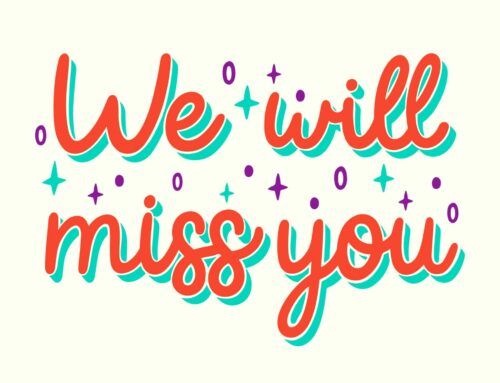
Headhunters have what you don’t have: inside information about your next employer and jobs that will never be advertised. We are watching the job market just like you but the difference is that we do nothing else but this, 50 hours per week and 52 weeks per year. And when we find vacancies, we are paid for putting the right candidate in front of our client.
What can you do to be the one?
Here are 7 tips on how to get headhunted:
- Get ready: Do you have the right skills to make a difference? Be critical and realistic yet ambitious with yourself. If you lack a skill or a degree, go and get it. There are good executive education programs out there. Rule of thumb: if you did your last meaningful training longer than 10 years ago, take one. Do not only consider what you will learn but also the message it sends on your LinkedIn profile and resume and the people you will meet. Example: an online course on Feng Shui versus “Leading Change and Organizational Renewal” at Harvard Business School. You cannot afford Havard Business School? Have a look at Coursera and take for instance “Organizational Analysis” at Stanford or “Corporate Finance” at Wharton – for free
- Step out of the shade and become visible: In order to be found, you must be visible – online and offline. Critical to online visibility are minimum a watertight, topnotch and complete LinkedIn profile and ideally guest posts somewhere or publications. However, you cannot send a handshake by email and it is hard to build rapport online only. When did you last participate in a networking event? “Before Covid”, you say? Me too, like all of us. Make it virtual. Find circles that interest you such as business, alumni, sports or other associations. Mingle and make sure you bring enough business cards. Or if you you log in online add your title next to your name. Example: when you see me on Zoom as “Jorg Stegemann” and don’t know me, you won’t understand what I do for a living. But as I usually write “Jorg Stegemann, headhunter”, you do! Headhunters are on every conference or fair and your objective is to get on their radar screen
- Be meaningful: Being visible is good, being meaningful is better. This part is about your personal branding, your marketing strategy or if you want: your sales plan. Going to conferences is a start but you will only make a real impact by raising the hand during the Q&A part and asking a smart question. And if you do so, I guarantee there will be at least 3 people who will approach you in the coffee break and talk to you about your contribution. Online, being meaningful is about sharing content on LinkedIn or writing guest posts. LinkedIn discussion forums and updates are a very powerful means to communicate what matters to you and to position you as someone who has something to say
- Know your stuff: What is your expertise? Let’s say it is… “step dance”: your aim should be to become known as the best step dancer in your market. Establish yourself as an authority by communicating (online and offline as outlined above) about what you know best to ensure that your name comes up when a headhunter asks one of your contacts “who is the best step dancer in your network?”. What do you want to be associated with? The information I talk about is usually on current searches, headhunting or career management, the objective being that people think “oh, an update from Jorg. Must be about executive search or career management”
- “If we don’t call you, call us”: Who are the three specialized headhunters for your expertise or niche in your city? Which are the top tier recruitment firms are the most likely to find you a job if you needed one? If you don’t have the answer right now, google it. Contact us in an intelligent way (catchy LinkedIn invitation, email, coffee or lunch, a line prior to an industry event that interests us both (“Tom, we are both Wharton alumni/ in corporate finance/ love medieval dances. Will we meet Friday at the alumni meeting/ corporate finance conference/ the medieval festival?”). Chase us regularly. How often? Google “sales statistics” and look for the blue picture with the white writing. The last line will tell you how often you have to make a follow-up, using different communication channels as said above
- Treat headhunters on eye-level: Once we are in contact, do not see headhunters in a binary way (“Jorg’s only reason to exist is to find me a new job”). Follow the basic rules of networking and give first, ask second. Share industry information, give us leads, recommend us, send us a relevant article on our sector or our profession. I remember the candidates best who refer me to new interesting contacts than the ones I meet once and then no one of us follows up…
- Be good: If you are mean, unfair and impolite, people won’t like you. If people don’t like you, they will neither think of you nor recommend you. Be nice, pleasant and keep your promises. Easy one, right?
Conclusion:
These steps are no guarantee to get headhunted but they will tell you how to a) get visible, b) meaningful and c) what to do with us once we are in contact. Be strategic but most importantly authentic and honest and we can be a catalyst for your career.






